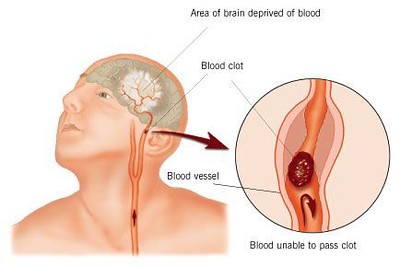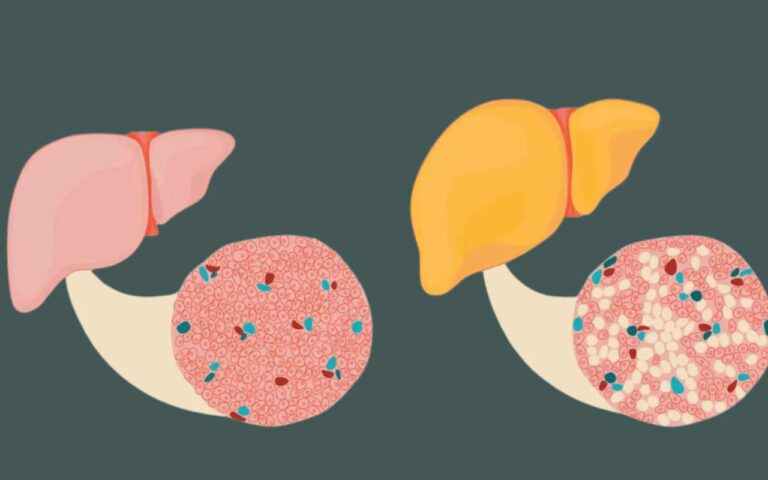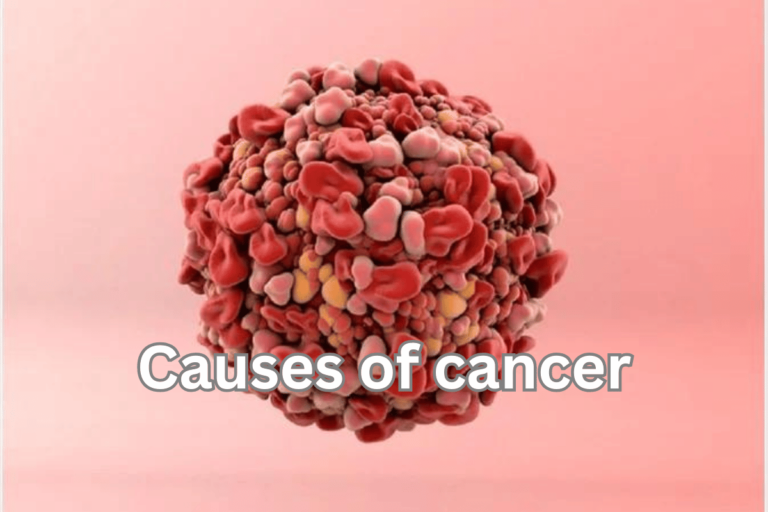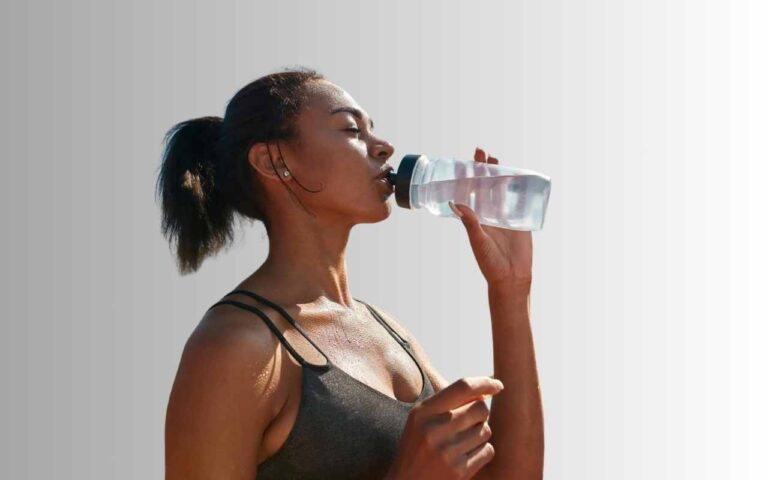Stroke: Types, Causes, and Treatment
Stroke causes: A stroke is a medical emergency that occurs when the blood supply to part of the brain is interrupted or reduced, preventing brain tissue from getting the oxygen and nutrients it needs. Brain cells begin to die within minutes. Timely treatment is crucial to minimize brain damage and improve recovery chances. Strokes are a leading cause of death and long-term disability worldwide, making it essential to understand their types, causes, and treatment options.
Understanding Stroke
A stroke, sometimes referred to as a cerebrovascular accident (CVA), occurs when there is a sudden loss of blood flow to a part of the brain. This interruption can be caused by either a blockage in an artery (ischemic stroke) or the bursting of a blood vessel (hemorrhagic stroke). Without an adequate blood supply, brain cells quickly begin to die, leading to loss of function in the parts of the body controlled by the affected area of the brain.
The brain is a highly sensitive organ that requires a constant supply of oxygen and nutrients, which are delivered through the blood. When this supply is cut off, even for a few minutes, the consequences can be severe. Depending on the part of the brain affected, a stroke can impair movement, speech, vision, and other vital functions.
Types of Stroke
There are three main types of stroke:
- Ischemic Stroke:
- Thrombotic Stroke: This type occurs when a blood clot forms in one of the arteries supplying blood to the brain. These clots often form in arteries damaged by atherosclerosis (a buildup of fatty deposits on the artery walls).Embolic Stroke: This occurs when a blood clot or other debris forms away from the brain, usually in the heart, and is swept through the bloodstream to lodge in narrower brain arteries. This type of clot is called an embolus.
- Hemorrhagic Stroke:
- Intracerebral Hemorrhage: This occurs when an artery in the brain bursts, flooding the surrounding tissue with blood. The most common cause of this type of hemorrhage is high blood pressure (hypertension), which weakens the arteries over time. Subarachnoid Hemorrhage: This involves bleeding in the area between the brain and the thin tissues covering it. A common cause is the bursting of an aneurysm (a ballooning of a weakened region of a blood vessel).
- Transient Ischemic Attack (TIA):
- Often called a mini-stroke, a TIA is a temporary period of symptoms similar to those of a stroke. A TIA doesn’t cause permanent damage and is caused by a temporary decrease in blood supply to part of the brain. TIAs are often warnings that a full-blown stroke could occur in the future.
What is sunstroke
Sunstroke, also known as heatstroke, is a severe condition caused by prolonged exposure to high temperatures, typically during hot weather. It occurs when the body’s cooling mechanisms fail, leading to a dangerously high body temperature, often above 104°F (40°C).
Symptoms include headache, dizziness, confusion, nausea, rapid heartbeat, and loss of consciousness. Sunstroke is a medical emergency and can damage the brain, heart, and other vital organs if not treated promptly. Immediate cooling of the body, hydration, and seeking medical help are essential to prevent life-threatening complications.
Causes of Stroke
The causes of stroke can vary depending on the type, but the common underlying factor is an interruption in the blood supply to the brain.
- Atherosclerosis: The buildup of fats, cholesterol, and other substances in and on the artery walls can lead to atherosclerosis. This can narrow or block the arteries, leading to ischemic strokes.
- Blood Clots: Clots that form in the heart, often due to irregular heartbeats (like atrial fibrillation), can travel to the brain and cause an embolic stroke.
- High Blood Pressure: Hypertension is the most significant risk factor for hemorrhagic stroke. Over time, high blood pressure weakens the walls of the blood vessels, increasing the risk of rupture.
- Aneurysms: Aneurysms are weakened areas in the blood vessel walls that can burst, leading to hemorrhagic stroke.
- Heart Disease: Conditions like coronary artery disease and atrial fibrillation increase the risk of stroke by promoting the formation of blood clots.
- Diabetes: Diabetes can damage blood vessels and make it easier for clots to form. It also increases the likelihood of atherosclerosis.
- Lifestyle Factors: Smoking, excessive alcohol consumption, obesity, physical inactivity, and an unhealthy diet are significant contributors to the risk of stroke.
The Benefits of Cycling: Timesfive
Symptoms of Stroke
Recognizing the symptoms of a stroke quickly is crucial for seeking immediate medical help. Common symptoms include:
- Sudden numbness or weakness in the face, arm, or leg, especially on one side of the body.
- Sudden confusion, trouble speaking, or difficulty understanding speech.
- Sudden trouble seeing in one or both eyes.
- Sudden trouble walking, dizziness, loss of balance, or lack of coordination.
- Sudden severe headache with no known cause.
An easy way to remember the signs of a stroke is the acronym FAST:
- Face drooping
- Arm weakness
- Speech difficulty
- Time to call emergency services

Treatment of Stroke
Treatment for stroke depends on the type and severity of the stroke. Prompt treatment can help minimize brain damage and increase the chances of recovery.
- Ischemic Stroke Treatment:
- Thrombolytics (Clot-busting drugs): Medications like tissue plasminogen activator (tPA) can dissolve clots that are blocking blood flow to the brain. These drugs are most effective when given within a few hours of the onset of symptoms.
- Mechanical Thrombectomy: In some cases, doctors may use a catheter to remove the clot physically. This procedure is typically done within 24 hours of symptom onset and is usually reserved for large artery blockages.
- Anticoagulants and Antiplatelets: Drugs like aspirin, heparin, or warfarin can prevent new clots from forming. They are often prescribed after an ischemic stroke to reduce the risk of another stroke.
- Hemorrhagic Stroke Treatment:
- Medication: Drugs to reduce blood pressure, prevent seizures, and manage swelling in the brain are often administered.
- Surgery: If a hemorrhagic stroke is caused by an aneurysm or arteriovenous malformation (AVM), surgery may be required to repair the blood vessels and prevent further bleeding.
- Endovascular Procedures: These minimally invasive procedures, like coiling or clipping, can be used to secure a blood vessel and stop bleeding without open surgery.
- Post-Stroke Rehabilitation:
- Physical Therapy: Helps stroke survivors regain strength, balance, and coordination.
- Speech Therapy: Assists with recovering communication skills if the stroke affected speech or language.
- Occupational Therapy: Focuses on helping patients regain independence in daily activities.
Prevention of Stroke
Preventing a stroke involves addressing the risk factors that contribute to its occurrence. Some strategies include:
- Controlling Blood Pressure: Keeping blood pressure in check is crucial, as hypertension is a leading cause of both ischemic and hemorrhagic strokes.
- Managing Diabetes: Proper management of blood sugar levels can reduce the risk of stroke.
- Quitting Smoking: Smoking cessation significantly reduces stroke risk, as smoking contributes to atherosclerosis and increases blood clot formation.
- Healthy Diet and Exercise: A diet rich in fruits, vegetables, whole grains, and lean proteins, coupled with regular physical activity, helps maintain a healthy weight and lowers stroke risk.
- Limiting Alcohol: Reducing alcohol consumption can decrease the risk of high blood pressure and stroke.
- Regular Medical Checkups: Regular monitoring of cholesterol levels, heart health, and other conditions can help identify and manage risk factors early.








One Comment